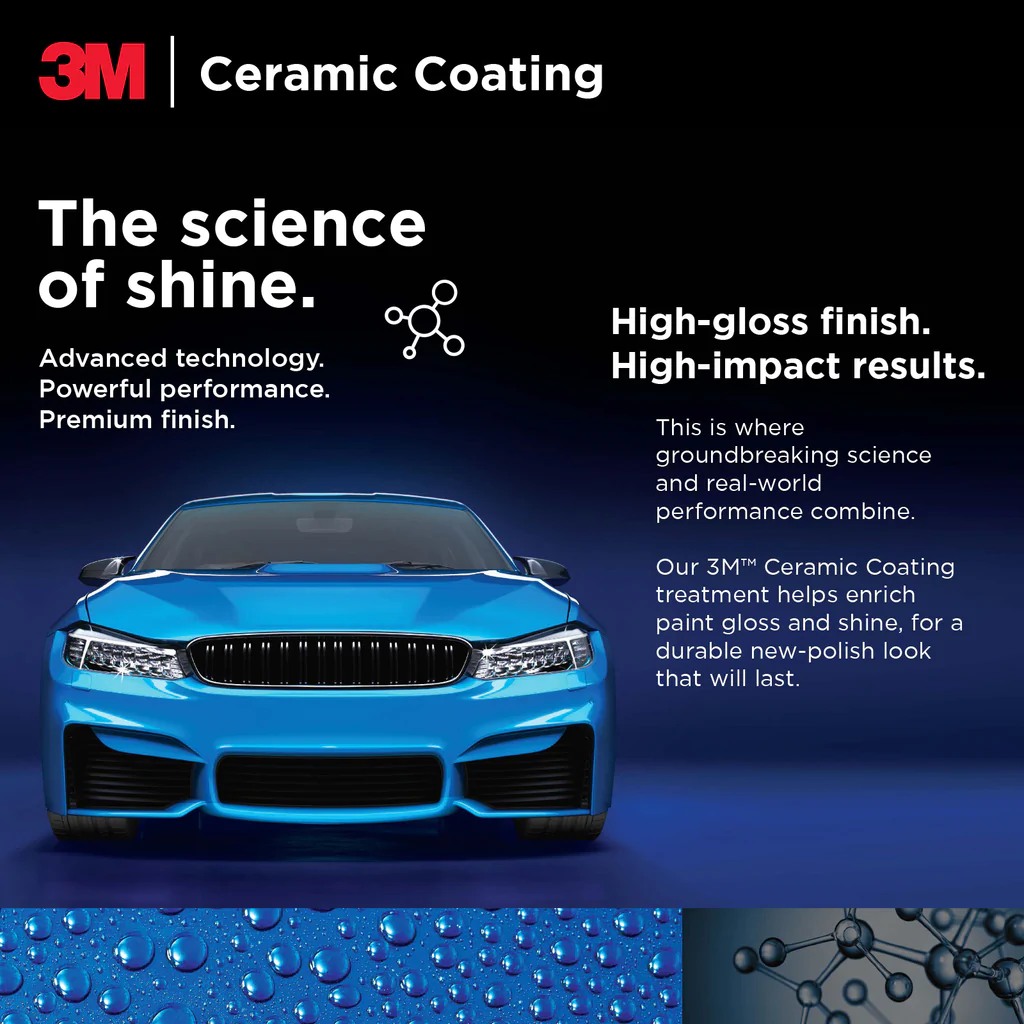The Long-Term Perks of Finding Ceramic Coating Philadelphia for Your Auto
The Long-Term Perks of Finding Ceramic Coating Philadelphia for Your Auto
Blog Article
Why Ceramic Finish Is the Ultimate Service for a Remarkable Complete
Ceramic finishing has arised as a leading option for those looking for a flawless coating for their cars, thanks to its amazing durability and protective features. This advanced fluid polymer not just bonds seamlessly with manufacturing facility paint yet likewise supplies a formidable obstacle versus usual threats such as scrapes, UV rays, and toxic wastes. In addition, its hydrophobic homes streamline maintenance while boosting aesthetic allure. Nevertheless, recognizing how this innovation compares to conventional techniques and exploring its application nuances can disclose even a lot more regarding its value. What factors truly established ceramic finish apart?
What Is Ceramic Layer?

When applied appropriately, ceramic finishing produces a hydrophobic surface area that repels water and dust, making it easier to keep and clean. Unlike conventional waxes or sealants, which normally supply temporary defense, ceramic finishes can last for numerous years, depending upon the item quality and application technique. The process of using ceramic coating requires careful preparation, consisting of comprehensive cleansing and often paint improvement, to ensure optimum bonding and performance.
Ceramic finishings are not restricted to automotive surface areas; they can also be made use of on various materials, consisting of glass, steel, and plastics, giving a versatile solution for boosting defense. On the whole, ceramic covering stands for a substantial innovation in surface area security modern technology, incorporating both aesthetic and useful advantages for a large range of applications.
Advantages of Ceramic Coating
While several surface protection choices exist, the advantages of ceramic layer stand out as a result of its unique residential properties and lasting efficiency. Among the main advantages is its exceptional durability. Ceramic Coating Philadelphia. Unlike traditional wax or sealers that need frequent reapplication, ceramic layers provide a resistant layer that can last for a number of years, considerably reducing upkeep efforts
An additional remarkable benefit is boosted security versus environmental impurities. Ceramic coatings create a hydrophobic surface that repels water, dirt, and various toxins, making it much easier to clean. This attribute not only protects the automobile's look however also decreases the danger of deterioration and oxidation, especially in severe weather conditions.
Additionally, ceramic coverings supply superior resistance to UV rays, stopping fading and destruction of paint gradually. This UV security is important for keeping the aesthetic worth of vehicles and surfaces exposed to route sunlight.
In addition, the glossy coating achieved with ceramic finishing enhances the overall visual appeal, providing surface areas a showroom-quality luster. Overall, ceramic layers represent a considerable advancement in surface area security technology, giving long-lasting benefits that satisfy both visual and practical requirements.
Just How It Functions
Understanding the scientific check here research behind ceramic finishings discloses just how they give such exceptional security and long life. At its core, a ceramic layer is a liquid polymer that chemically bonds with the lorry's manufacturing facility paint.
The application procedure entails several steps, consisting of surface prep work, which is essential to accomplishing ideal bond. When applied, the finish goes through a healing procedure, during which it solidifies and creates a semi-permanent bond with the paint surface. This bond is what differentiates ceramic coatings from conventional waxes and sealants, providing a longer-lasting protective obstacle that can endure for years.
In addition, the density of the layer can boost its protective top qualities, ensuring that it can hold up against rough problems. Eventually, the science of ceramic finishes combines innovative materials with cutting-edge application methods to supply an unrivaled level of defense and visual improvement for vehicles.
Comparison With Conventional Techniques
When contrasted to traditional paint security techniques such as sealants and waxes,The advantages of ceramic layers become especially obvious. While waxes offer see here a temporary sparkle, commonly lasting a few weeks to a number of months, ceramic layers offer a lasting protective layer that can withstand for a number of years. This durability dramatically minimizes the frequency of reapplication, making ceramic finishes a more cost-efficient service over time.
In addition, typical techniques often require comprehensive preparation and numerous applications to attain an adequate degree of defense. On the other hand, ceramic layers bond at a molecular level with the automobile's surface area, creating a robust shield versus environmental contaminants like UV rays, acid rainfall, and roadway salts. This bond enhances the car's resistance to scrapes and swirl marks, which prevail with conventional waxes and sealers.
Furthermore, the hydrophobic residential properties of ceramic coatings repel water and dust, leading to simpler cleaning and maintenance. In contrast, wax and sealant-treated surfaces can attract crud, demanding more regular cleaning - Ceramic Coating Philadelphia. Generally, ceramic coatings not only give superior protection yet also supply a more aesthetically attractive and enduring coating, establishing them as the favored choice for critical automobile owners
Application and Maintenance Tips

Making use of a foam applicator, apply the covering in tiny sections, adhering to the manufacturer's standards regarding thickness and overlap. Enable sufficient healing time between coats, commonly 24 hours, to make certain proper bonding. After application, it is vital to avoid direct exposure to water or harsh aspects for at the very least a week to allow the finish to totally treat.
Additionally, making use of a ceramic maintenance spray can enhance the covering's hydrophobic buildings and durability. Routine evaluations for any indications of wear will certainly assist preserve the finish's honesty and protect that pristine surface.
Conclusion
In final thought, ceramic finish arises as a premium choice for attaining a remarkable automotive coating. By forming a robust bond with factory paint, ceramic layer successfully shields against scratches, UV rays, and environmental pollutants.

Report this page